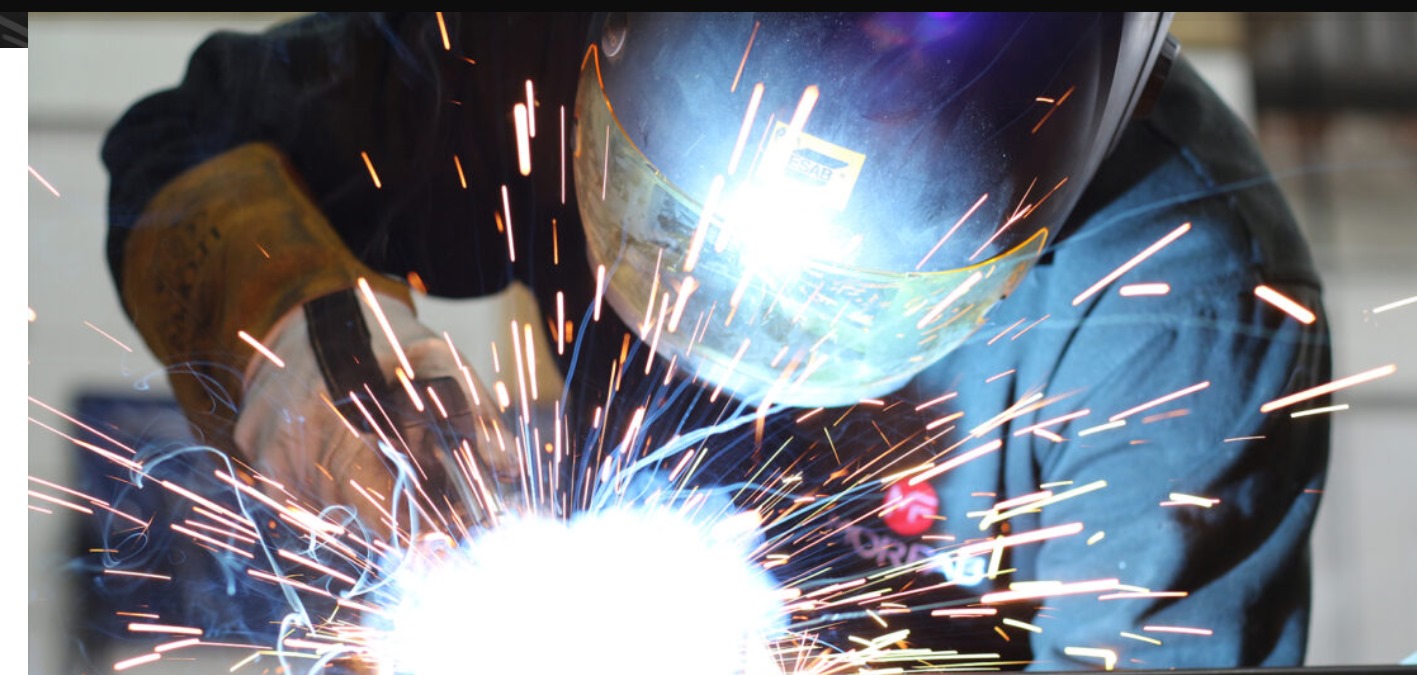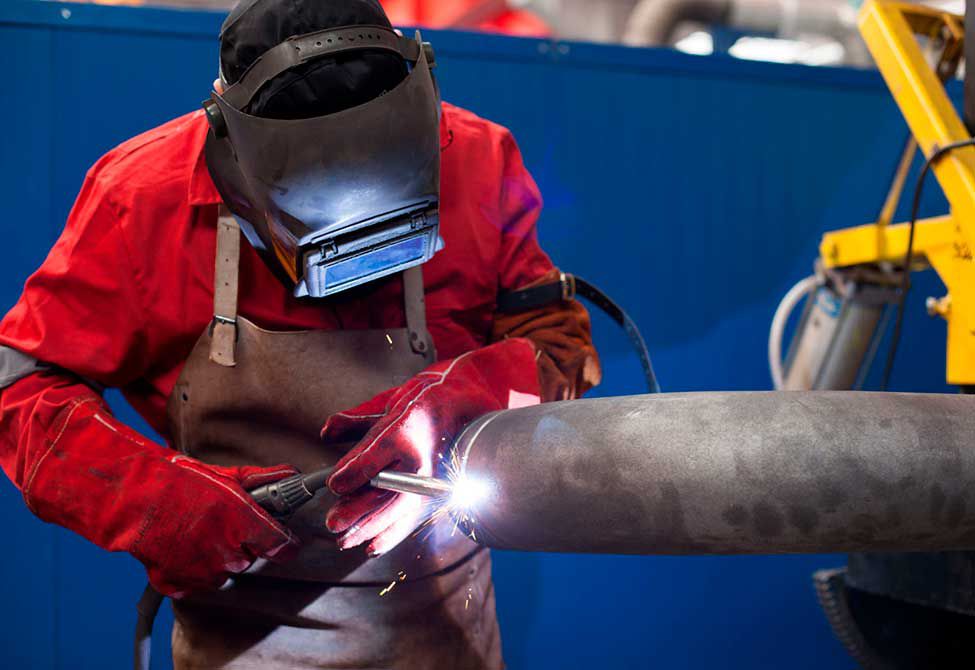One common, exact process is Tungsten Inert Gas (TIG) electrode welding – also known as Gas Tungsten Arc Welding or simply GTAW for short. The method use of a non-consumable tungsten electrode, an inert shielding gas (argon or helium), and a constant current power source to join metal.
The Technique Explained
The tungsten electrode creates an arc, heating the base metal and creating a weld pool when TIG – suitable for electrodes. Filler metal is manually fed by the weld ask it molts in with controlled arc length and heat input. The welding process achieves clean, strong welds with minimal oxidation as the vaporized metal is cooled immediately back down by an counterflow of inert shielding gas which breathes life into a diaphragm or cup surrounding the nozzle and its internal filaments.
Key Advantages of TIG Electrode Welding
- Precision and Control: TIG welding allows for precise control of the welding parameters, making it suitable for thin materials and intricate welds.
- High-Quality Welds: The inert gas shielding produces clean welds with minimal spatter and excellent aesthetic appearance.
- Versatility: TIG welding can be used on a wide range of metals and alloys, including stainless steel, aluminum, titanium, and copper.
- No Flux Required: Unlike other welding processes, TIG welding does not require flux, reducing the need for post-weld cleaning.
Use Cases Across the Industry
Industries in which excellent welds are essential (aerospace, automotive) make frequent use of TIG electrode welding due to its high quality output, as well as industries such precision engineering and art fabrication. Typically used on thin materials, pipe welding, or any other application where the appearance of a welded surface is critical and requires good strength
Future Trends and Innovations
Continuous improvements in TIG welding technology advance automated operation, improve welder comfort and include specialized control systems for repeatable welded joints. New developments in actuators, or power sources and electrode materials are being studied to increase efficiency, reduce heat input/pollution levels/ distortions/hazardsand widen the range of weldable materials used for welding.
To sum things up, when it comes down to TIG electrode welding is still the best bet for precision applications because of its cleanliness and weld quality. With more industries evolving, TIG Welding is expected to be at an all-time high in order to adhere to the demands for more sophisticated metal fabrication and joining technologies.


